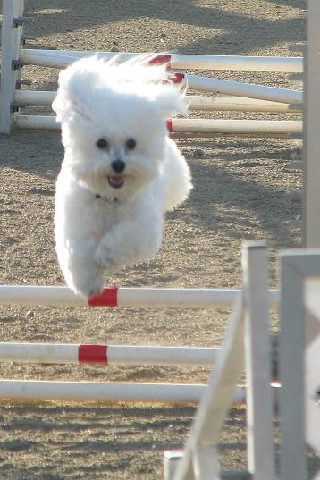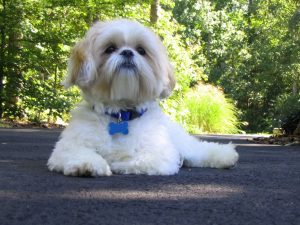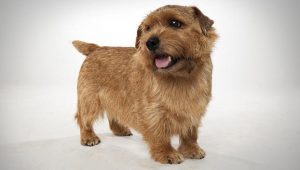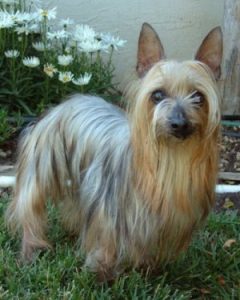Bolognese
Bolognese Dogs for Adoption Find Your Match

-
Breed Group : TOY
-
Origin : Italy
-
Average Height : 9" - 12"
-
Average Weight : 5 - 9 lbs.
-
Life Span : 12 - 15 years
Photo Courtesy of : My Darling Dogs
-
Size
1 2 3 4 5 6 7 8 9 10 -
Energy
1 2 3 4 5 6 7 8 9 10 -
Intelligence
1 2 3 4 5 6 7 8 9 10 -
Ease of Training
1 2 3 4 5 6 7 8 9 10 -
Hypo-Allergenic
1 2 3 4 5 6 7 8 9 10 -
Shedding
1 2 3 4 5 6 7 8 9 10 -
Good with Kids
1 2 3 4 5 6 7 8 9 10 -
Good with Other Pets
1 2 3 4 5 6 7 8 9 10 -
Guard Dog
1 2 3 4 5 6 7 8 9 10








